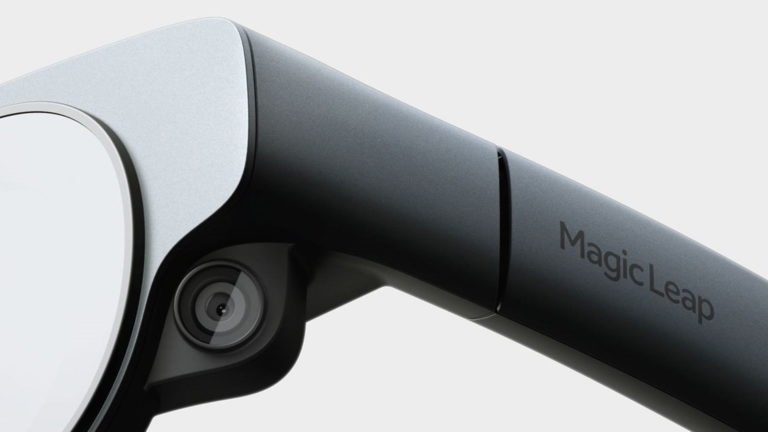
Spatial computing – including AR, VR, and other immersive tech – continues to alter the ways that we work, play, and live. But there have been ups and downs, characteristic of hype cycles. The pendulum has swung towards over-investment, then towards market correction.
That leaves us now in a sort of middle ground of reset expectations and moderate growth. Among XR subsectors, those seeing the most traction include AR brand marketing and consumer VR. Meta continues to advance the latter with massive investments and loss-leader pricing.
Beyond user-facing products, a spatial tech stack lies beneath. This involves a cast of supporting parts. We’re talking processing muscle (Qualcomm), experience creation (Adobe), and developer platforms (Snap). These picks and shovels are the engines of AR and VR growth.
So how is all of this coming together? Where are we in XR’s lifecycle? And where are there gaps in the value chain that signal opportunities? This is the topic of ARtillery Intelligence’s recent report Reality Check: the State of Spatial Computing, which we’ve excerpted below.
Second Swing
Picking up where we left off in the last installment, and sticking with the theme of enterprise AR, one recent sector milestone was the return of Magic Leap… this time with an enterprise focus. To maximize impact, this pivot was coupled with a second swing at AR glasses: Magic Leap 2.
This $3,299 device features upgraded optics and display systems. The field of view (FOV) is 2x that of Magic Leap 1, while its architecture achieves 12x more efficient light distribution. It also features 2,000 nits of brightness with 2x image quality and 2-3x color uniformity.
These upgrades broaden the device’s use cases, including multiple colleagues collaborating on virtual content from different angles. Physicians can get full-body patient views. And front-line industrial workers can gain a more complete sense of large and complex machinery.
As for brightness, 2000 nits is substantial, but not enough to compete with direct sunlight. ML2’s signature dimming feature addresses this by reducing incoming light so that graphical elements achieve higher contrast and brightness – a common issue in AR glasses.
Selling Points
Another challenge with AR glasses is the vergence accommodation conflict. This happens when wearing AR glasses and your eyes naturally focus on real objects. But virtual objects that aren’t rendered at the correct distance appear out of focus. It’s a big underlying challenge.
Magic Leap 1 addressed this issue by using two focal planes… but that added to the device’s bulk and weight. ML2 conversely starts over with a series of factors including eye tracking with two interior cameras. These translate pupil dilation to image rendering and focal matching.
Beyond visuals, one of ML2’s biggest selling points is spatial audio. It simulates spatial positioning so that sounds are perceived at deliberate distances and directions. It achieves this by directing sound waves to each ear in a way that utilizes the human ear’s ability to triangulate audio signals.
For example, something requiring attention to your right sounds like it’s coming from that direction. Virtual meetings can mimic physical spaces like a conference room, with realistic sound fields. And industrial applications can divert users’ attention where and when it’s needed.
Ups and Downs
Coming full circle to Magic Leap’s turnaround, ML2 sits at the center. And several other components of that road map influence the device’s design. For example, OpenXR and WebXR support – not to mention an Android-based OS – ease adoption barriers for developers.
But another aspect of Magic Leap’s positioning falls outside of ML2…or anything deliberate for that matter. Its resurgence happens as headwinds challenge its chief competitor: Microsoft. The last few years have seen some erosion to its previous enterprise-AR dominance.
That involves a few factors including turbulence in its landmark U.S. Army contract, internal disagreement about HoloLens 2’s strategic importance, and the high-profile departure of HoloLens creator Alex Kipman. These factors have set Microsoft’s AR ambitions back a bit.
Without disparaging Microsoft or piling on the grief, we mention this only to say that the timing is opportune for a HoloLens 2 competitor. That, plus new leadership focused on enterprise sales, clears the path for Magic Leap’s potential market-share gains. Now it’s all about execution.






